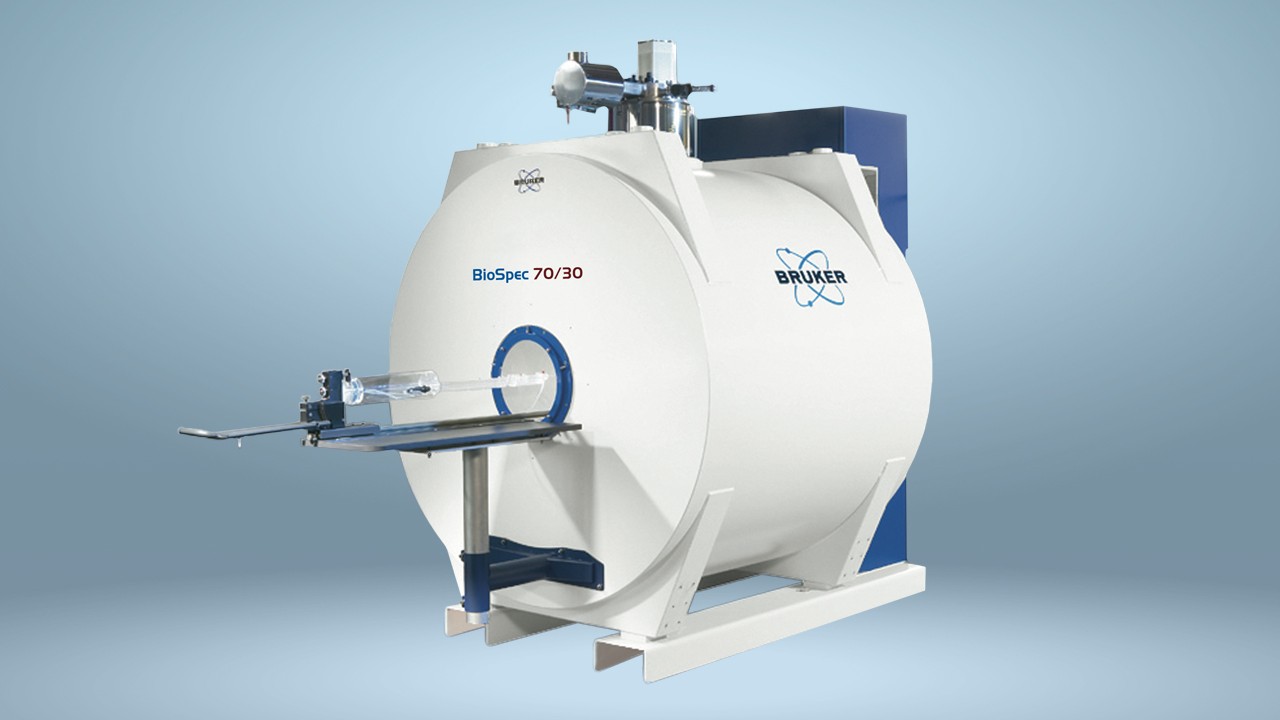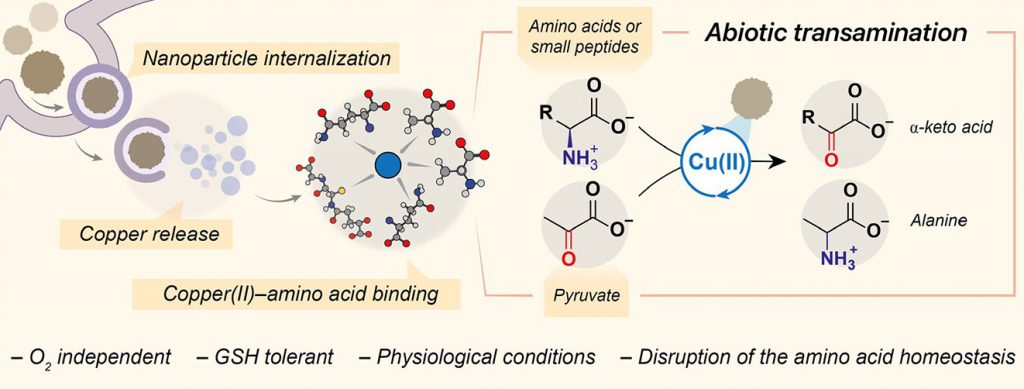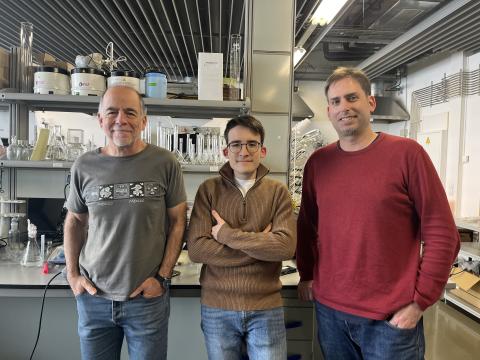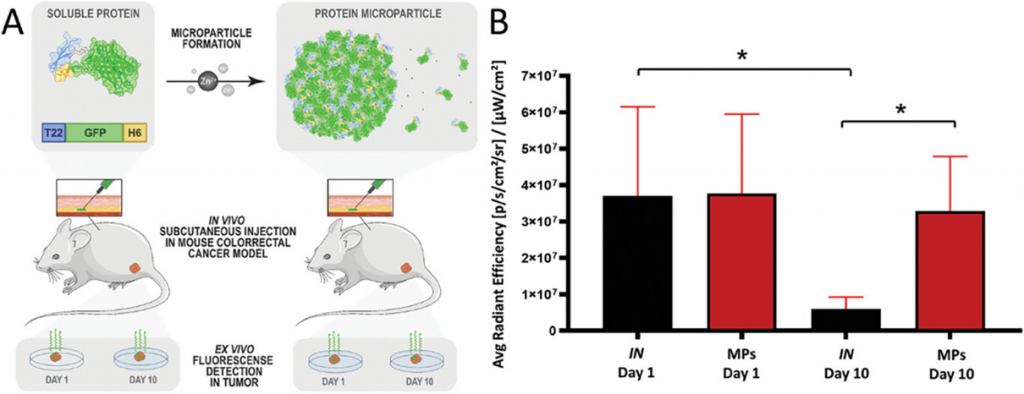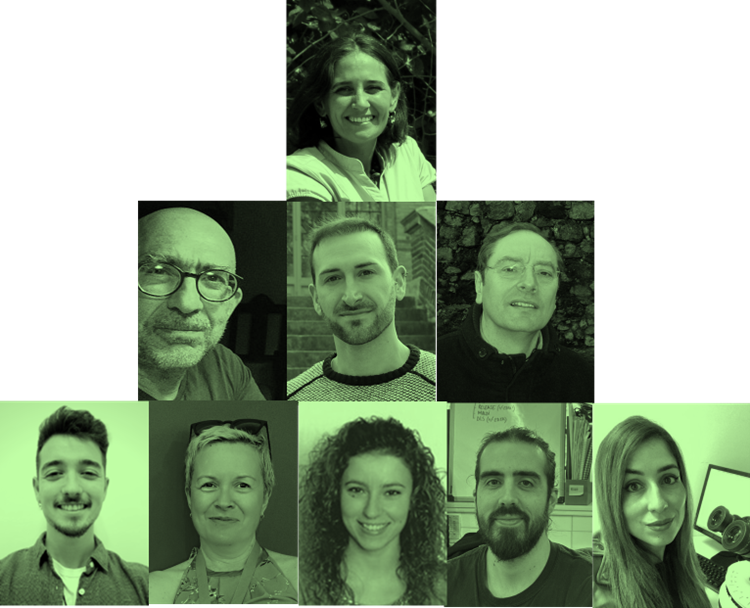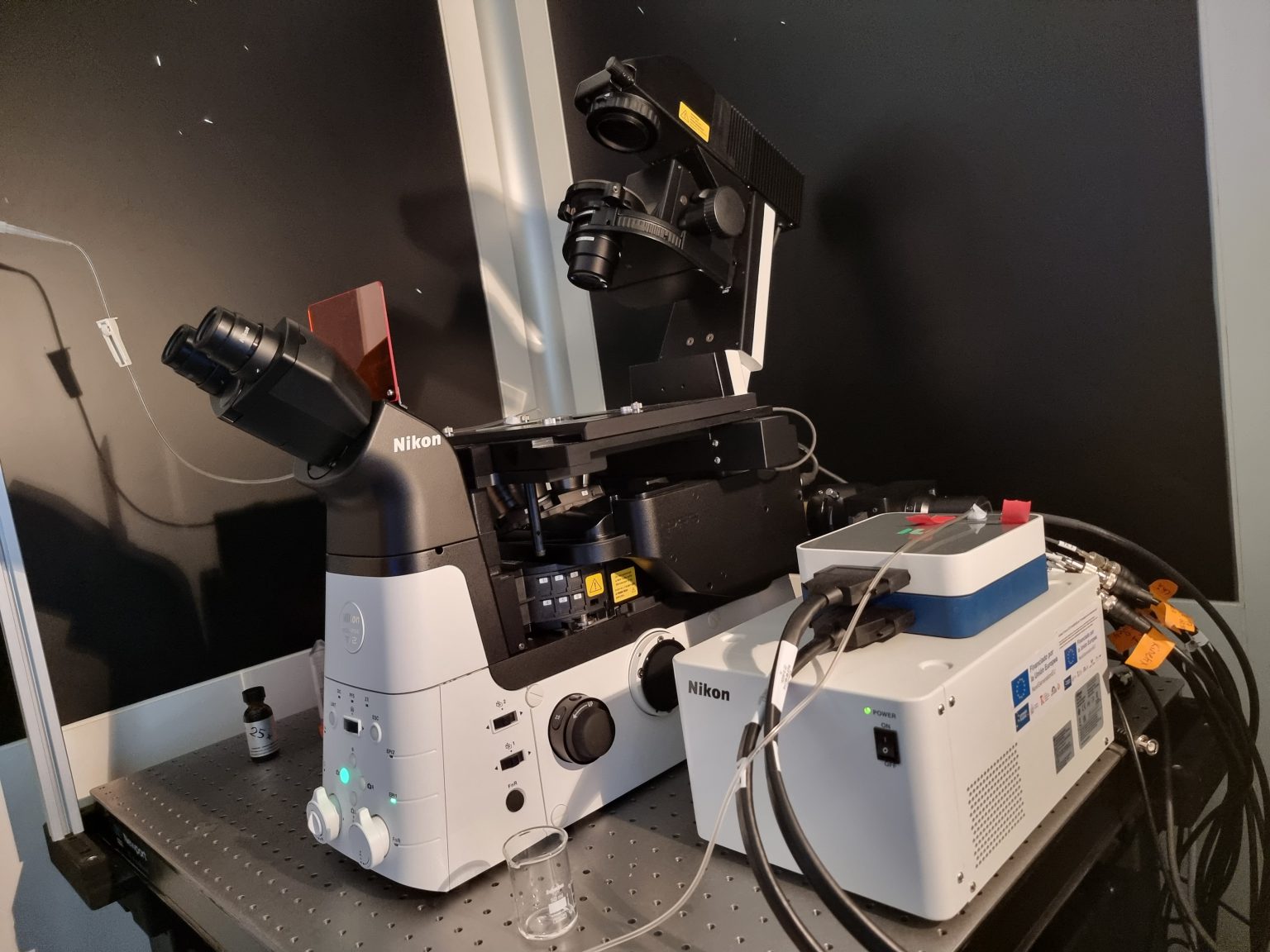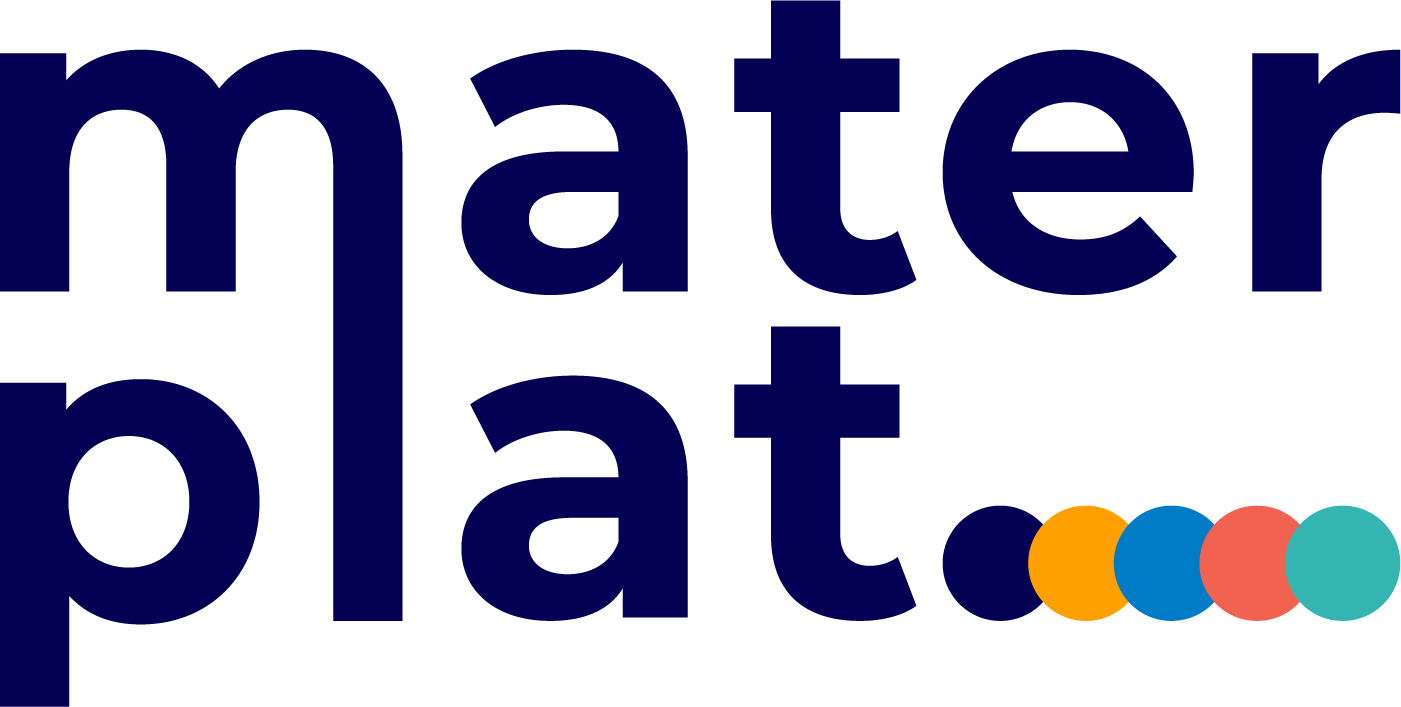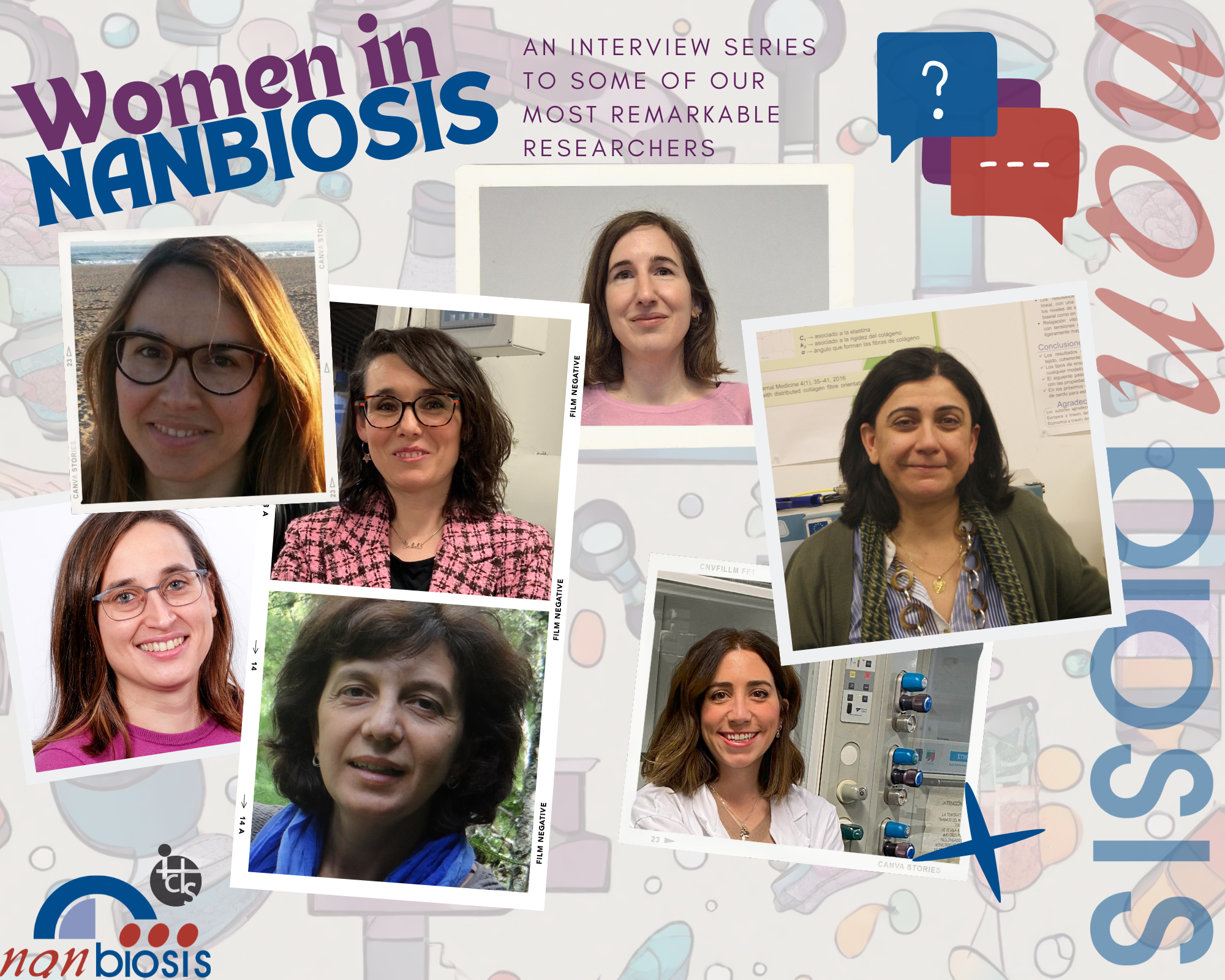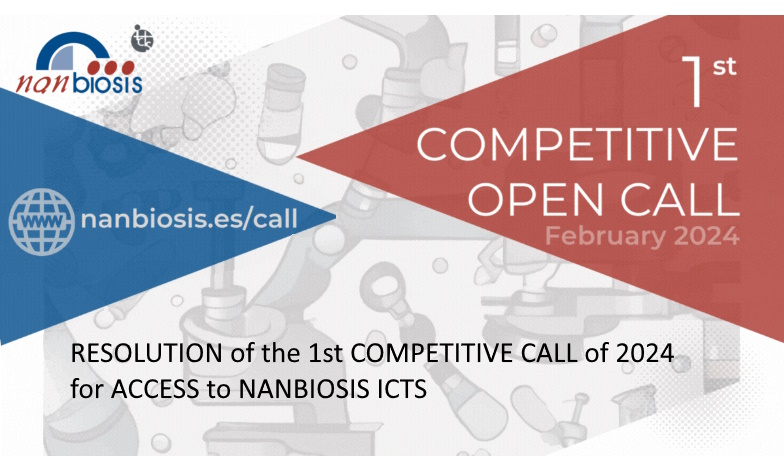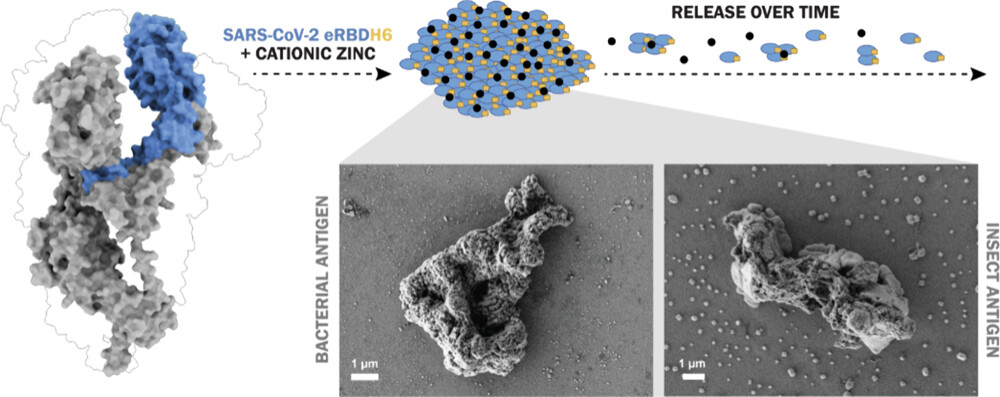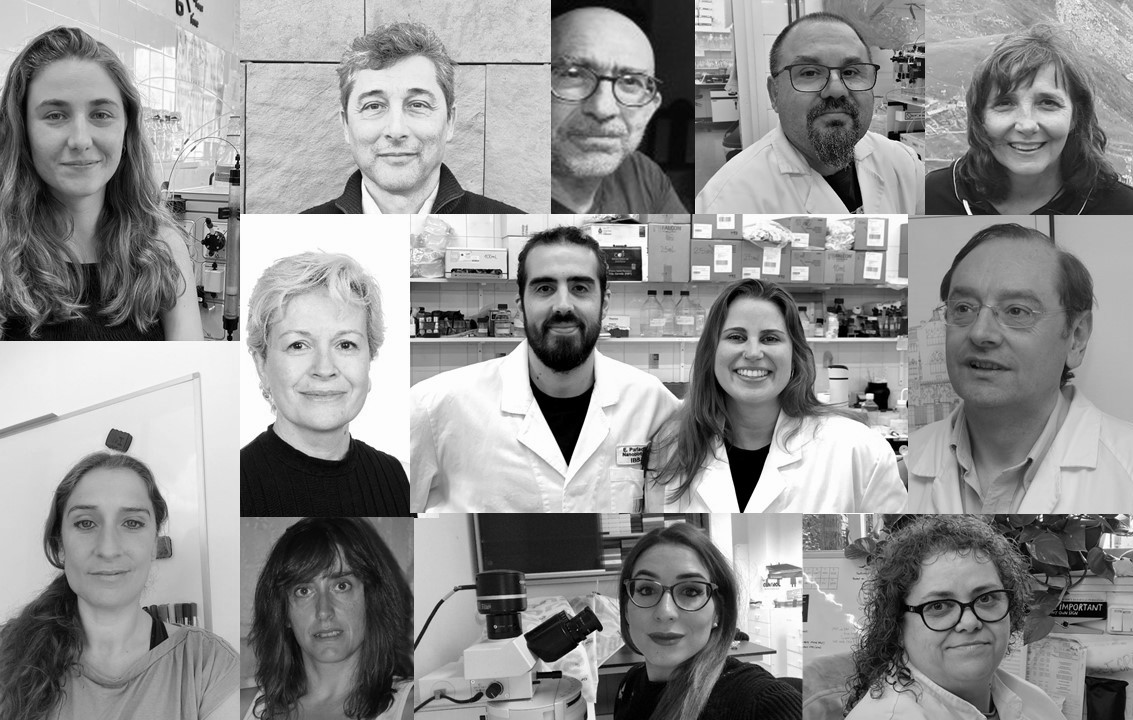Temperature-sensitive hydrogels: A pioneering therapeutic approach for ovarian cancer
A new project with the participation of NANBIOSIS Unit 20 pioneers thermosensitive hydrogels for localized ovarian cancer treatment, minimizing side effects and enhancing efficacy.
May 2024, VHIR/FVPR/CIBER-BBN (Barcelona). As the world recently commemorated Ovarian Cancer Day, from NANBIOSIS we proudly highlight the groundbreaking work of our collaborators in the fight against this deadly disease. Ovarian cancer stands as the seventh leading cause of cancer-related deaths, with Europe bearing the brunt of its impact, recording over 44,000 fatalities annually.
In a bid to revolutionize treatment paradigms and enhance patient outcomes, researchers at the Clinical Biochemistry, Drug Delivery and Therapy (CB-DDT) Group, in close collaboration with NANBIOSIS Unit 20, are spearheading an innovative project focused on intraperitoneal drug delivery for ovarian cancer.
Traditionally, ovarian cancer treatment has been marred by the limitations of systemic chemotherapy, often leading to severe toxicities and treatment resistance. To address these challenges, the team led by Dr. Diana Rafael has embarked on developing a novel therapeutic approach using thermosensitive hydrogels (HG) for sustained intraperitoneal drug release.
By utilizing temperature-sensitive hydrogels, our researchers can deliver chemotherapeutic agents directly to the abdominal cavity, minimizing systemic side effects and enhancing therapeutic efficacy.
As explained by Dr. Rafael, this project aims to provide a new, localized treatment strategy for ovarian cancer patients. In this regard, the group’s multidisciplinary expertise spans pharmaceutical technology, nanomedicine, and cancer biology. Thus, by utilizing temperature-sensitive hydrogels, our researchers can deliver chemotherapeutic agents directly to the abdominal cavity, minimizing systemic side effects and enhancing therapeutic efficacy.
About the project:
The two funding sources, aptly named SmartTheC and HydroTheC, are granted by the La Caixa Foundation and the European Commission, respectively. It focuses on the development of eco-friendly and biodegradable hydrogels capable of prolonged drug release, thereby reducing the need for repeated treatments and improving patient quality of life. These HG are liquid at room temperature, facilitating their administration, and then turn into a gel upon exposure to the body temperature.
One of the key innovations of this approach lies in the incorporation of nanoparticles within the hydrogel matrix, enabling a “multi-compartment” system capable of releasing different drugs at varying rates.
One of the key innovations of this approach lies in the incorporation of nanoparticles within the hydrogel matrix, enabling a “multi-compartment” system capable of releasing different drugs at varying rates. This versatility is crucial for personalized treatment regimens and overcoming drug resistance.
The aim is to significantly enhance the therapeutic window of drugs and improve patient survival. Moreover, the biodegradability and extended residence time of the formulation offer distinct advantages over existing treatment options, paving the way for easy translation to clinical application.
The project’s preclinical validation phase, which includes in vivo experiments utilizing advanced cancer models established by our Unit 20, is being conducted in close collaboration with specialist ovarian cancer physicians from HUVH, ensuring alignment with patient needs and clinical realities.

The culmination of these efforts promises not only improved outcomes for ovarian cancer patients but also significant reductions in healthcare costs associated with treatment. Finally, this approach could be easily adapted to many other existing treatments that require local administration thanks to its versatility and easy adaptation.
Funding of the project:
SmarTheC: “Eco-sustainable Smart Hydrogels for the Sustained Intraperitoneal Release of Chemotherapeutics as a Novel Local Therapy Approach for Advanced Ovarian Cancer” (143178), La Caixa Foundation (Starting on 31/12/2024), Principal Investigator: Diana Rafael
HydroTheC: Biodegradable and Eco-friendly Smart Hydrogels for the Sustained Intraperitoneal Release of Chemotherapeutics as a Novel Local Therapy Approach for Advanced Ovarian Cancer” (101107735), Global MSCA-PF Granted to: Diana Rafael, European Commission.
About NANBIOSIS:
The goal of NANBIOSIS is to provide comprehensive and integrated advanced solutions for companies and research institutions in biomedical applications. All of this is done through a single-entry point, involving the design and production of biomaterials, nanomaterials, and their nanoconjugates. This includes their characterization from physical-chemical, functional, toxicological, and biological perspectives (preclinical validation).
In order to access our Cutting-Edge Biomedical Solutions, place your request here.
NANBIOSIS has worked with pharmaceutical companies of all sizes in the areas of drug delivery, biomaterials and regenerative medicine. Here are a few of them:
